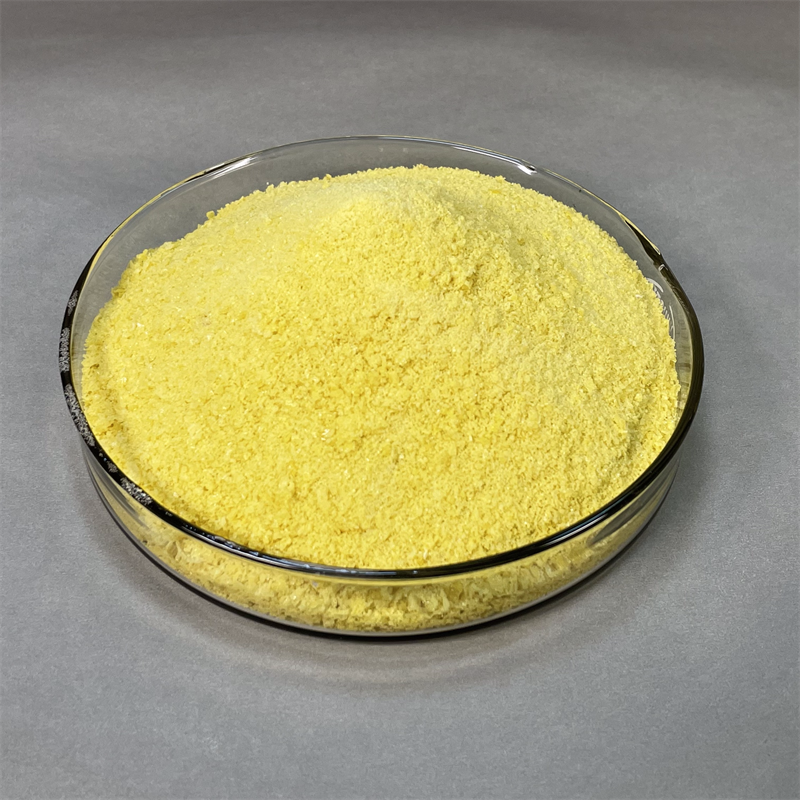-
Categories
-
Pharmaceutical Intermediates
-
Active Pharmaceutical Ingredients
-
Food Additives
- Industrial Coatings
- Agrochemicals
- Dyes and Pigments
- Surfactant
- Flavors and Fragrances
- Chemical Reagents
- Catalyst and Auxiliary
- Natural Products
- Inorganic Chemistry
-
Organic Chemistry
-
Biochemical Engineering
- Analytical Chemistry
-
Cosmetic Ingredient
- Water Treatment Chemical
-
Pharmaceutical Intermediates
Promotion
ECHEMI Mall
Wholesale
Weekly Price
Exhibition
News
-
Trade Service
Photonic integration technology is one of the hot topics in the optical communication industry in recent years, although there are no conditions for large-scale commercial use, but there is no doubt that having photonic integration technology has become the core competitiveness
of optical equipment manufacturers.
At the NetEvents Asia-Pacific Cloud Computing Summit held in Singapore recently, Mark Showalter, senior marketing director of photonic integration vendor Infinera, said that Infinera's photonic integration technology level is leading in the world, and he also said that he is optimistic about the prospects of the Asia-Pacific market and plans to further expand
next year.
Showalter said: "What sets us apart from other optical equipment manufacturers is that we also make chips, and our chip technology is very unique, traditional chip manufacturers like Intel, they use silicon to make chips, Infinera uses gallium oxide, which is a very top technology
in the chip manufacturing industry.
" ”
According to him, Infinera launched photonic integrated chip products as early as 2004, becoming the first commercial supplier of this technology in North America, and now, Infinera's products have developed into the third generation
.
He said: "In the photonic integration market, Infinera is the industry leader, and there are competitors who have entered the photonic integration field through acquisitions, but they can still only provide short-range transmission products, and Infinera can provide long-distance transmission products
。 Although many peers have made progress in photonic integration, Showalter stressed that infinera is currently far ahead in technology, he said, for example, if customers need to provide 500G products, competitors can also provide, but the product needs to put 5 100G chips, while Infinera only needs to put 1 chip, these gaps make Infinera in terms of product energy consumption, size and competitors to distance a lot
.
Showalter said that Infinera's current market is mainly divided into two segments, one is the traditional telecom operator market, and the other is the emerging OTT enterprise and Internet content provider market, the latter as the market size and user base expand, infrastructure needs to be built to ensure faster service rates
.
In addition, the demand for internal interconnection in the data center field has grown rapidly in recent years, accounting for a large part of
Infinera's revenue growth this year.
Showalter said that Infinera has won seven large customers
in the Asia-Pacific market, including Japan's KDDI.
Of course, he also saw that the Asia-Pacific market competition is more intense, and the price of optical transmission equipment fell seriously last year, but it is gratifying that after a year of sharp price diving, the price of packet optical transmission products has stabilized this year, and many competitors have withdrawn from this field
.
He said that with the sale of Nokia's optical communications unit, Alcatel-Lucent adjusted its competitive strategy to see stop loss as an important target, and the exit of these competitors has left the Asia-Pacific market somewhat vacant, and he believes that Infinera can fill this market demand, so it will vigorously expand the Asia-Pacific market
next year.
"We have been very successful in the European and North American markets, and despite the fierce competition in the Asia-Pacific region, Infinera's performance in Asia Pacific is still better than expected, and we have great expectations for future market expansion," said Showalter.
Photonic integration technology is one of the hot topics in the optical communication industry in recent years, although there are no conditions for large-scale commercial use, but there is no doubt that having photonic integration technology has become the core competitiveness
of optical equipment manufacturers.
At the NetEvents Asia-Pacific Cloud Computing Summit held in Singapore recently, Mark Showalter, senior marketing director of photonic integration vendor Infinera, said that Infinera's photonic integration technology level is leading in the world, and he also said that he is optimistic about the prospects of the Asia-Pacific market and plans to further expand
next year.
Showalter said: "What sets us apart from other optical equipment manufacturers is that we also make chips, and our chip technology is very unique, traditional chip manufacturers like Intel, they use silicon to make chips, Infinera uses gallium oxide, which is a very top technology
in the chip manufacturing industry.
" ”
According to him, Infinera launched photonic integrated chip products as early as 2004, becoming the first commercial supplier of this technology in North America, and now, Infinera's products have developed into the third generation
.
He said: "In the photonic integration market, Infinera is the industry leader, and there are competitors who have entered the photonic integration field through acquisitions, but they can still only provide short-range transmission products, and Infinera can provide long-distance transmission products
。 Although many peers have made progress in photonic integration, Showalter stressed that infinera is currently far ahead in technology, he said, for example, if customers need to provide 500G products, competitors can also provide, but the product needs to put 5 100G chips, while Infinera only needs to put 1 chip, these gaps make Infinera in terms of product energy consumption, size and competitors to distance a lot
.
Showalter said that Infinera's current market is mainly divided into two segments, one is the traditional telecom operator market, and the other is the emerging OTT enterprise and Internet content provider market, the latter as the market size and user base expand, infrastructure needs to be built to ensure faster service rates
.
In addition, the demand for internal interconnection in the data center field has grown rapidly in recent years, accounting for a large part of
Infinera's revenue growth this year.
Showalter said that Infinera has won seven large customers
in the Asia-Pacific market, including Japan's KDDI.
Of course, he also saw that the Asia-Pacific market competition is more intense, and the price of optical transmission equipment fell seriously last year, but it is gratifying that after a year of sharp price diving, the price of packet optical transmission products has stabilized this year, and many competitors have withdrawn from this field
.
He said that with the sale of Nokia's optical communications unit, Alcatel-Lucent adjusted its competitive strategy to see stop loss as an important target, and the exit of these competitors has left the Asia-Pacific market somewhat vacant, and he believes that Infinera can fill this market demand, so it will vigorously expand the Asia-Pacific market
next year.
"We have been very successful in the European and North American markets, and despite the fierce competition in the Asia-Pacific region, Infinera's performance in Asia Pacific is still better than expected, and we have great expectations for future market expansion," said Showalter.







